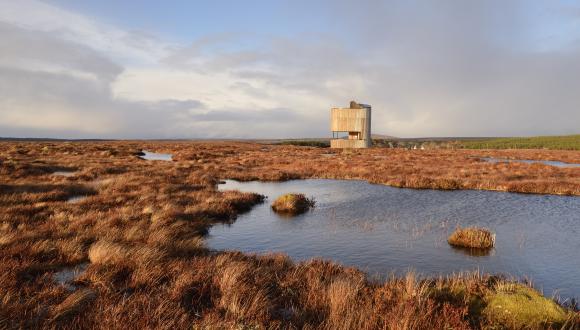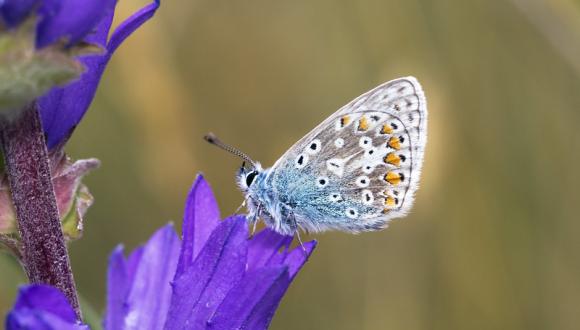Index of Abundance for Scottish terrestrial breeding birds, 1994 to 2022
11 January 2024
Statistical News Release: An Official Statistics Publication for Scotland
NatureScot has today released the latest figures tracking the abundance of Scotland’s terrestrial breeding birds.
Over the long term (1994-2022), the combined abundance for 66 species of terrestrial breeding bird increased steadily until the mid-2000s, but has subsequently declined. It is currently 7% higher than in 1994 (using the smoothed indices).
Over the short term (2021-2022), using the unsmoothed indices, the all species and upland bird indices were stable, i.e. have not changed more than 5% since last reported. The woodland bird index increased by 7%, while the farmland bird index decreased by 11%.
Analysis of habitat-specific trends did show some change over the long term: the woodland bird index increased by 56%; the farmland bird index increased steadily up to the late-2000s, in 2022 it was 5% higher than in 1994. Upland birds decreased by 23% over the same period. The trends differ between species and may be due to factors on the breeding areas in Scotland or, for migratory birds such as whitethroat, conditions on migration routes or wintering areas. Climate change is affecting some bird populations with evidence of birds shifting northwards (e.g. willow warbler).
Read the full report - Official Statistics - ScottishTerrestrial Breeding Birds 1994-2022.





